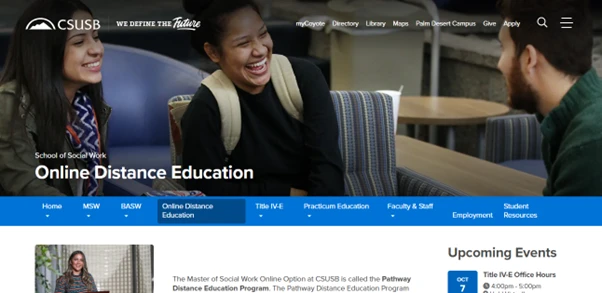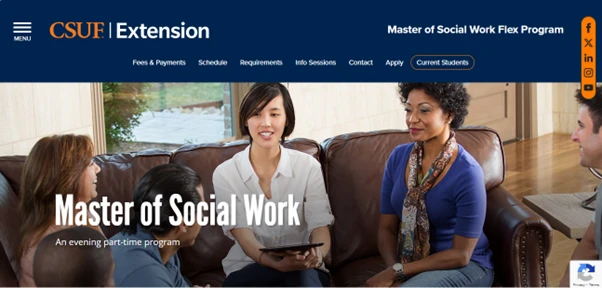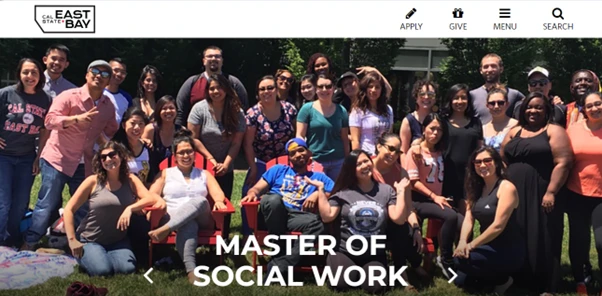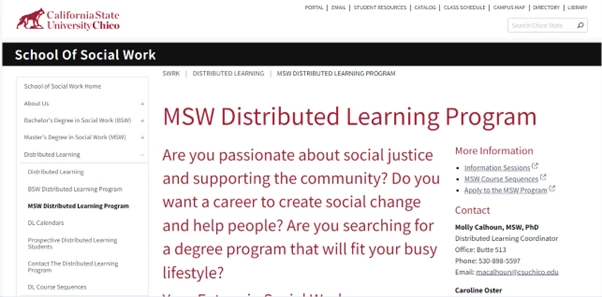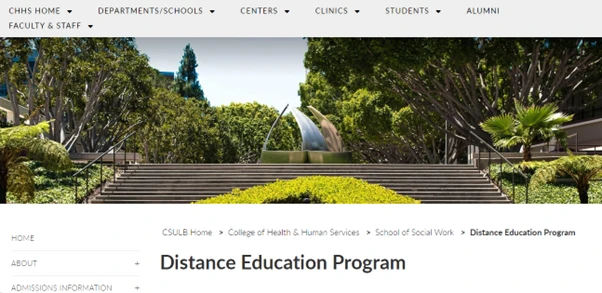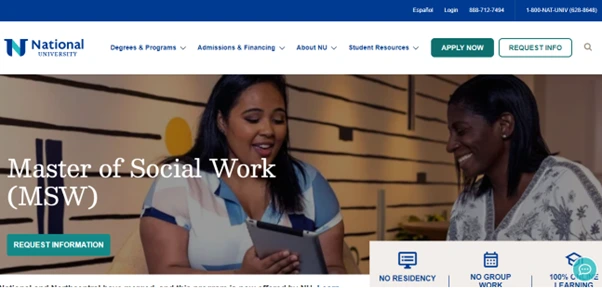How Parents Can Make A-Levels Easier for Teens
Parental support can make a significant difference in your teen’s A-Level journey. By creating a structured environment, you help them manage their time, stay organised, and build confidence. Open communication is essential—discuss their subjects, ask about challenges, and be mindful of any stress they may experience.
Listening actively and offering guidance fosters trust and reassurance. Encouraging healthy habits, like a balanced diet, regular exercise, and sufficient sleep, also supports better concentration and academic performance. Together, these efforts contribute to a positive and manageable A-Level experience for your teen.
Understanding A-Levels
A-Levels are a crucial stage in a student’s education, requiring a clear grasp of their structure and the common stressors involved. Gaining insight into these aspects can help address challenges effectively.
The Structure of A-Levels
A-Levels typically consist of two parts: AS and A2, each building on prior knowledge. The AS Level usually makes up the first year, focusing on foundational topics, while the A2 Level completes the course, diving into more complex material.
Subjects range widely from sciences like Physics to humanities, catering to diverse interests. Each subject is assessed through a mix of coursework and exams. It’s crucial for you to understand how grades are weighted, and which topics are crucial to master. This knowledge helps prioritise study time effectively.
Flexibility in learning is key—some subjects offer practical assessments, while others rely solely on written exams. Online A-Level physics tutors are available at platforms like Edumentors, offering personalised lessons that can adapt to different learning styles.
Common Stressors and Their Impact
The pressure of A-Levels can cause significant stress, affecting both academic performance and personal well-being. Heavy workloads, high expectations, and the fear of failure are common stressors.
Stress might lead to burnout if not managed properly, impacting your ability to concentrate and retain information. It’s important to recognise when stress levels are rising and to take proactive steps for self-care.
Strategies like time management, seeking help from teachers and tutors, and maintaining a balanced lifestyle can mitigate stress. Encouraging open communication about feelings and concerns helps identify areas where additional support may be required. Acknowledge the importance of leisure activities to maintain mental and emotional balance throughout the A-Level journey.
Creating a Supportive Environment
Providing a supportive environment is crucial to helping teens succeed in their A-Levels. This involves crafting a study area that is comfortable and stimulating, fostering habits that promote effective learning, and maintaining a balance between academic demands and personal time.
Designing a Conducive Study Area
Creating a productive study space can greatly impact the focus and efficiency of your teen. Choose a quiet corner of the house, away from distractions like the TV and high-traffic areas. Adequate lighting is essential, so ensure the space is well-lit to reduce eye strain and maintain alertness.
Incorporate a comfortable chair and a desk at an appropriate height. Encourage your teen to personalise the space with motivational quotes or calming elements like plants. Keep essential study materials organised and within reach to minimise interruptions.
Encouraging Healthy Study Habits
Healthy study habits are key to retaining information and reducing exam stress. Encourage regular study sessions rather than last-minute cramming. Help your teen set specific goals for each study session and track progress to stay motivated.
Implement breaks after every hour of study to refresh and avoid burnout. Promote the use of study techniques like summarising information or teaching back to reinforce learning. Finally, emphasise the importance of a good night’s sleep and a balanced diet to boost cognitive function.
Balancing Academics and Leisure
It’s crucial to maintain a healthy balance between academics and leisure. Encourage your teen to engage in hobbies or physical activities to relieve stress and refresh the mind. Create a schedule that includes time for relaxation and social activities, ensuring they have time away from academic pressures.
Discuss priorities and help your teen create a realistic schedule that balances schoolwork with downtime. By structuring their time well, they’ll be better prepared to tackle their studies and enjoy their personal life without feeling overwhelmed.
Effective Communication
Creating an environment where your teen feels heard and supported can make a significant difference in their A-Level experience. By employing active listening, offering constructive feedback, and nurturing open dialogue, you foster a sense of trust and understanding.
Active Listening Techniques
To truly listen, give your teen undivided attention. Set aside distractions like your phone or TV and make eye contact. When they speak, nod or give short verbal acknowledgements, showing you’re engaged. Paraphrase what they’ve said to confirm your understanding and ask open-ended questions to encourage them to share more about their thoughts and feelings.
Empathy is key. Try to feel what they might be experiencing. Showing you care about their opinions and emotions can strengthen your relationship and help them open up about challenges they face. This support can ease the stress of their studies and allow them to express themselves honestly.
Providing Constructive Feedback
When offering feedback, focus on being specific and positive. Highlight their achievements before touching on areas needing improvement. Frame your suggestions as opportunities for growth, choosing words that motivate rather than criticise. Avoid making comparisons with peers, as this can create unnecessary pressure.
Use “I” statements to express your views, making it clear that you’re sharing your perspective rather than judging. For example, say, “I noticed you were putting a lot of effort into your math assignments; maybe spending extra time would help with your understanding.” This approach encourages learning and growth without feeling like they’re under attack.
Encouraging Open Dialogue
Facilitate open dialogue by creating a safe space for conversations, free from judgement. Encourage your teen to express their thoughts and feelings and be open about your own, modelling the behaviour you hope to see. Establishing regular check-ins, like weekly chats over a favourite meal, can solidify this practice.
Be patient and give them room to speak openly, even if their views differ from yours. Respectful disagreements foster critical thinking. By ensuring they feel valued and understood, you help build their confidence in discussing not just school-related issues but all aspects of life.
Conclusion
Supporting your teen through A-Levels can make a meaningful difference in their academic journey and personal growth. By fostering open communication, creating a balanced and structured environment, and encouraging healthy study habits, you help them manage the challenges of these crucial years.
Resources like online A-Level physics tutors on platforms such as Edumentors can provide specialised support when needed, easing the burden of complex subjects. With your guidance, teens can approach their studies with confidence, resilience, and a sense of balance, setting them up for success both in exams and beyond.




